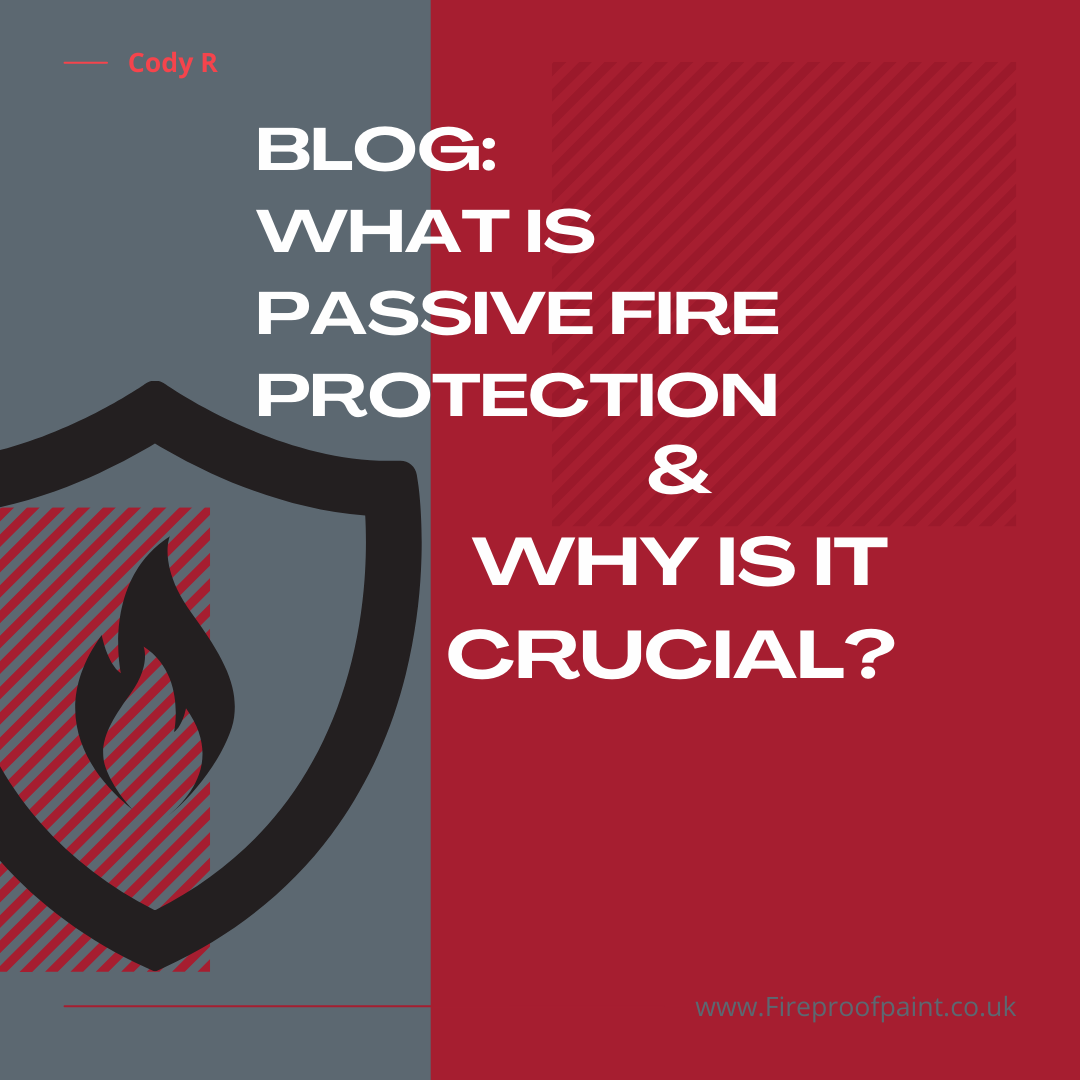
What Is Passive Fire Protection and Why Is It Crucial?
When thinking about fire safety, the focus often falls on alarms, sprinklers, and fire extinguishers. While these active systems are critical, passive fire protection (PFP) plays an equally vital role in protecting lives and property. Passive fire protection works quietly within a building’s structure, containing fire and smoke to minimize damage and provide time for safe evacuation.
This guide will explain what passive fire protection is, how it works, and why it’s an essential part of any fire safety strategy.
Understanding Passive Fire Protection
Passive fire protection involves fire-resistant materials and systems built into a building’s structure to contain fire and smoke. Unlike active systems, which require activation (e.g., sprinklers or alarms), passive fire protection operates automatically to slow the spread of fire. Its primary goal is to preserve the building’s integrity and create a safe environment for evacuation and firefighting efforts.
For instance, fire-rated walls and ceilings limit fire to specific compartments, while intumescent coatings protect steel beams from high temperatures that could cause collapse. Fire-stopping materials close gaps around pipes and cables, preventing fire and smoke from traveling between floors or rooms. Together, these elements ensure that fire does not spread uncontrollably.
Why Passive Fire Protection Matters
Passive fire protection is crucial for several reasons. First and foremost, it saves lives. By containing fire and smoke, it provides more time for people to evacuate safely. It also helps protect escape routes, ensuring stairwells and corridors remain clear of smoke.
Additionally, PFP minimizes property damage. By preventing fire from spreading, it limits the destruction to specific areas, reducing repair costs and downtime. Passive fire protection also plays a critical role in maintaining regulatory compliance, as most building codes require fire-resistant systems to ensure occupant safety.
Finally, passive fire protection supports emergency responders by maintaining the building’s structural integrity and creating safer conditions for firefighting operations.
How Passive and Active Fire Protection Work Together
While passive fire protection contains and resists fire, active systems like sprinklers and alarms focus on detection and suppression. Together, these approaches create a comprehensive fire safety system, ensuring maximum protection for people, property, and assets.
Conclusion
Passive fire protection is the backbone of fire safety, working silently to save lives and reduce damage. By integrating fire-resistant materials, intumescent coatings, fire-stopping systems, and fire-rated doors into a building’s design, it creates a safer environment for occupants and supports compliance with safety regulations.
To learn more about how passive fire protection can benefit your building or project, contact International Passive Fire Ltd today at 01752 690997 or [email protected] .
if You want to discover more about how Passive fire materials and fire stopping products work view our TikTok @internationalpassivefire
Together, we can build safer spaces for everyone.


